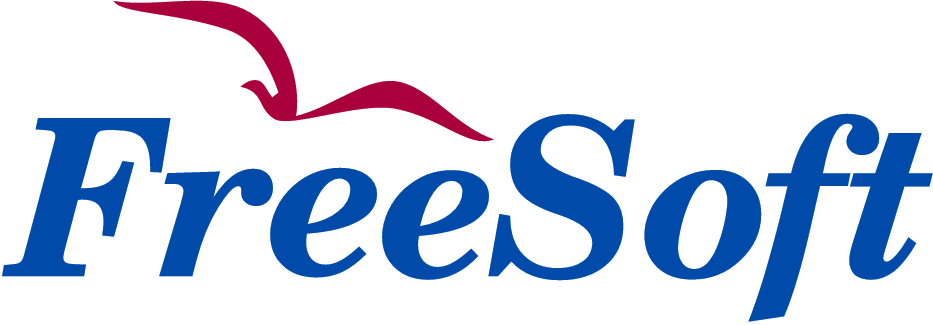Everything you know about application testing applies for legacy transformation projects, from unit tests to black/white box testing, test plan, et cetera… And when you are done with all these comes the hard part: proof of identity.
In order to understand testing in a legacy modernization project we have to understand how automated language conversion and modernization works and in which step testing takes place.
Application transformation is an iterative process. We take the legacy code, analyze, and parse it, convert to Java, build, test and when some tests don’t pass, we modify the conversion engine. The process looks like this.




 Eng
Eng 
 日本語
日本語 Br
Br De
De